
With the climate crisis still gripping the globe, transport industries are grappling for alternative fuel sources that cause less damage to the environment.
While motoring focuses on electrification, the world of yachting is experimenting with various options to replace or filter out diesel, from renewable and natural sources to innovative hybrid and fuel cell technologies. But are any of these viable alternatives, and on what timescale?
We call on the help of industry expert and sustainability advocate Malcom Jacotine, Founder of consultancy Three Sixty Marine and Superyacht2030.com, to take a realistic look at the options currently being debated.
Hydrogen
The use of hydrogen as a fuel source has been discussed in several industries but we hadn’t seen a huge deal of tangible evidence of its potential until recently. In January, Rolls-Royce revealed that preliminary tests of the British manufacturer’s 100 per cent hydrogen-powered engines were a success. “The tests, carried out by the Power Systems business unit, showed very good characteristics in terms of efficiency, performance, emissions and combustion,” the report revealed. “These tests mark another important step towards the commercial introduction of hydrogen solutions to meet the demand of customers for more sustainable energy.
While the results are positive, it’s unclear when the technology will be available to manufacturers, and indeed sea-faring vessels, although the brand is confident it could be rolled out across its portfolio in the future. Dr Jörg Stratmann, CEO – Rolls-Royce Power Systems (pictured below), said: “We see hydrogen as one of the central elements of the energy transition. It can be used for both storage of excess energy and as a fuel, not only for engines but fuel cells and cogeneration plants to generate climate-neutral electricity and heat.”
Malcom Jacotine: There are applications where the use of hydrogen in internal combustion engine’s (ICE) make sense, providing emissions of N2O – a potent greenhouse gas – can be avoided. Stationary applications like combined heat and power (CHP) where utilisation of heat means high efficiency and, perhaps due to the current cost and system complexity of fuel cells, in some road applications such as being developed by JCB.
However, for marine applications, apart from the safety considerations, there is still the issue of the large amount of volume required to store compressed or liquid hydrogen, approximately seven times more than MGO. With space a constraint, efficiency is crucial, and fuel cells achieve higher efficiency than marine ICE. Further, fuel cells offer other advantages such as low noise and vibration and less servicing and maintenance.
Verdict: Hydrogen will have a place in maritime applications, but mainly in fuel cells, and for vessels that have access to local green hydrogen production and refuelling infrastructure.
Methanol
Another hydrogen pioneer is German shipyard Lürssen which has developed a fuel cell propulsion technology alongside manufacturer Freudenberg. Rather than using elemental hydrogen, the system uses hydrogen which is continuously reformed from methanol. This should make it easier to handle, store and source.
The technology was revealed in 2021 by CEO Peter Lürssen (pictured below), who said: “My grandfather built the world’s first motorboat in 1886, my dream is to be the first to build a yacht without a combustion engine.” He deemed the technology a “big step to an emission-free Lürssen yacht”.
Lürssen has been working on this technology since 2012, before which it was involved with research projects looking at using fuel cells on ships. In March, the shipyard revealed that the first superyacht featuring its fuel cells, Project Cosmos, was technically launched from its facility. We’ll need to wait until 2025 though to see the results in action when the finished 114-metre yacht hits the water.
Malcom Jacotine: An important consideration for an alternative fuel will be price and availability, and here superyachts are reliant on the fuels adopted by shipping. One of the leading contenders is methanol. It’s a widely used chemical, there is already maritime experience, and the order book for methanol ships is growing. It requires about 2.5 volume of MGO but can be stored in structural tanks and there are Interim Guidelines form the IMO on use as a maritime fuel. It is a well understood molecule and there are already over 100 ports around the World handling Methanol, and it is easily transported. Not only can it be reformed into hydrogen (mixed with about 30% water) but it can also be used in ICE – Rolls Royce plan to launch a methanol engine based on the MTU 4000 series in 2026.
Verdict: Methanol is one of the leading alternative fuels for next the generation of superyachts – also suggested by MTU at a recent event.
Hybrid engines
Hybrid diesel-electric engines are fast becoming common within the yachting industry. Premiered first in 2015 in Feadship’s 83.7-metre yacht Savannah (pictured below left), the technology enables captains to reduce emissions by swapping between diesel and electric propulsion. “The result is fuel savings of some 30 per cent compared to the best boats that we have launched to date,” Feadship director Henrik de Vries said at the time.
Since then, hybrid engines been developed and adopted by leading shipyards including Azimut/Benetti, which in March unveiled Seadeck series of hybrid motor yachts for families - the Italian shipyard claims these are Azimut’s most efficient vessels yet.
Some of the industry’s foremost hybrid pioneers include Dutch shipyard Oceanco – creator of 109-metre hybrid Bravo Eugenia and Black Pearl, which is widely considered the most advanced zero-emission yacht delivered to date – and German yard Nobiskrug, builder of the 80-metre Artefact motor yacht (pictured below right/photo credit: Francisco Martin) which boosts its hybrid-electric system with solar panels.
Malcom Jacotine: Diesel electric and/or hybrid allows a mix of inputs and outputs, and matching energy production with the energy demand. This results in higher efficiency, lower fuel consumption, emissions, and maintenance costs. Marine ICE are designed with an optimum fuel consumption at around 80 per cent load. The fuel/load chart is a curve with a more extreme slope at lower loads; certain engines will require around 30 per cent more fuel per kWh at 30 per cent load than at optimum.
Hybrid allows the integration of different energy sources, such as shaft generators, hydro generation and solar. It also allows mixing mechanical propulsion with electrical propulsion by use of e-motors. Note, batteries are an energy storage medium, not zero emission; emissions are still produced, just displaced by time and place. They help by allowing generators to run at optimum load through peak shaving, load balancing and spinning reserve.
Verdict: Hybrid solutions are key to energy efficiency, and this will become even more important in the future with alternative fuels that are more expensive and/or potential carbon taxes on fossil fuels.
Solar power
Depending where you’re sailing and at what time of year, drawing on solar power can be a great use of natural energy. At least this was the thinking behind Silent-Yachts, the original pioneer of the solar catamaran. In 2016, the Austria-headquartered manufacturer launched the world’s first ocean-going production yacht powered by solar energy, the Silent 64, and has since crafted a growing number of innovative zero-emissions catamarans.
Other companies quickly followed suit, including German catamaran and sailboat builder ALVA Yachts which made waves with its flagship Ocean Eco 90 series of solar panel-topped boats that are both fully electric and solar powered. In April, the company went one step further by revealing plans for the Ocean Eco 90 H2, a special version of the Ocean Eco 90 which uses hydrogen fuel cells as well as ‘green’ sources including the sun, wind and electric. The yard is calling it the world’s first “fuel-less superyacht catamaran with wings”.
Malcom Jacotine: Solar can be a useful addition to the energy mix and in some cases (smaller yachts) the main source. The production of energy from Photovoltaic cells depends solar radiation which, is driven by diurnal and seasonal variations, for example, monthly Solar Radiation in Monaco in July is approximately 200kWh/m2 and January 50kW/h. Based on average efficiency of around 20% that would result in outputs of 40kWh/m2 and 10kWh/m2 in July and January respectively. This is also affected by shade, heat, dirt, and angle of incidence.
And, of course, you need to produce sufficient energy for not only the daylight operation, but also energy stored in batteries for night operation. To put this into perspective I use the example of a 60m yacht, “guest-on” in July – it would require about 3000m2 of solar panels and 2.8MW/h of batteries to run on solar at anchor.
Verdict: With current technology and efficiency levels, solar alternatives are not a practical solution for large yachts, though they can play a useful role in the energy mix in a hybrid solution.
HVO fuel
While the aviation industry explores the use of SAF (sustainable aviation fuel), other industries including yachting are looking into the reality of fossil-free alternatives to diesel. One of the most discussed options is HVO (hydrotreated vegetable oil) fuel, also known as renewable diesel. Fioul 83, the producer of the biofuel, claims that HVO can offer a 90 per cent reduction in CO2 emissions. Initial trials of the fuel, which is made from recycled oils, have been successful although questions remain over distribution and cost, which is likely to be far greater than diesel.
Malcom Jacotine: Renewable diesel such as HVO is the most promising alternative fuels, especially for the existing fleet. It is a paraffinic synthetic diesel that, in the EU, conforms to EN 15940, also labelled as XTL. HVO is considered a ‘drop-in’ replacement fuel and some manufacturers already approve its use in their engines, others on a case-by-case basis – best to check compatibility with your engine supplier. Benefits include very low sulphur, reduced NOx, low smoke, soot and particulates, clear, low odour, biodegradable, microbial growth like fossil diesel, and can be mixed with fossil diesel.
When you purchase HVO it’s crucial it comes with certification/verification from a recognised authority as there are some concerns that palm oil is entering the used cooking oil (UCO) supply chain from Asia. Price and availability will continue to constrain the take up, and this is not likely to change significantly due to competition for the feedstock from other fuels such as SAF, and production costs.
Verdict: HVO is by far the best solution to reduce CO2 emissions from superyachts today, without the need for radical changes.


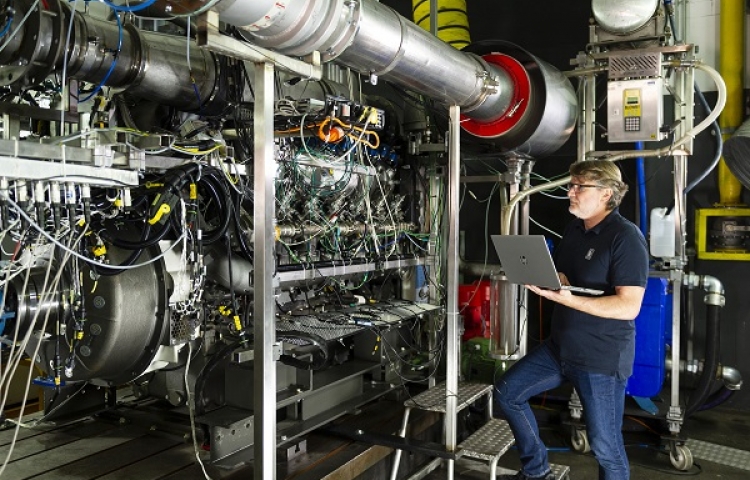
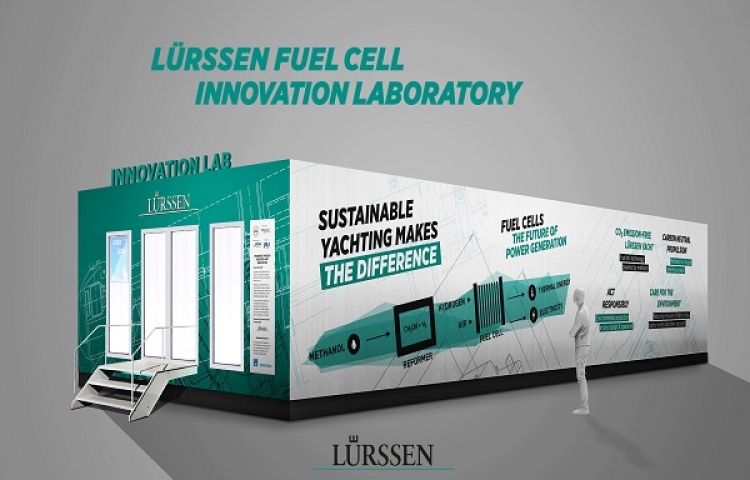
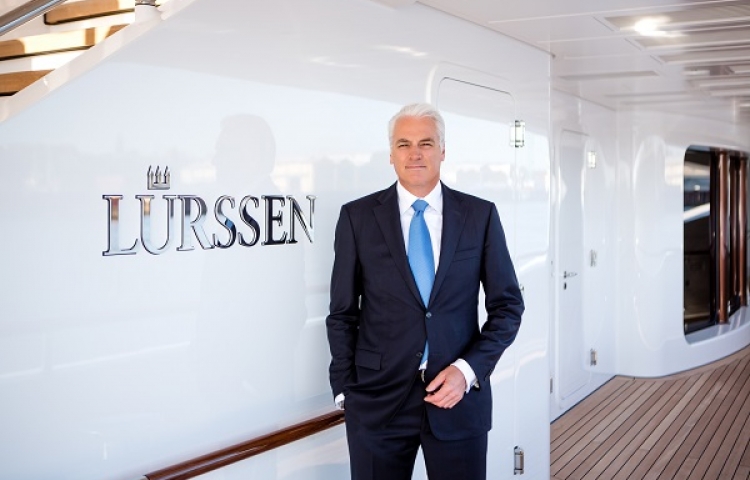
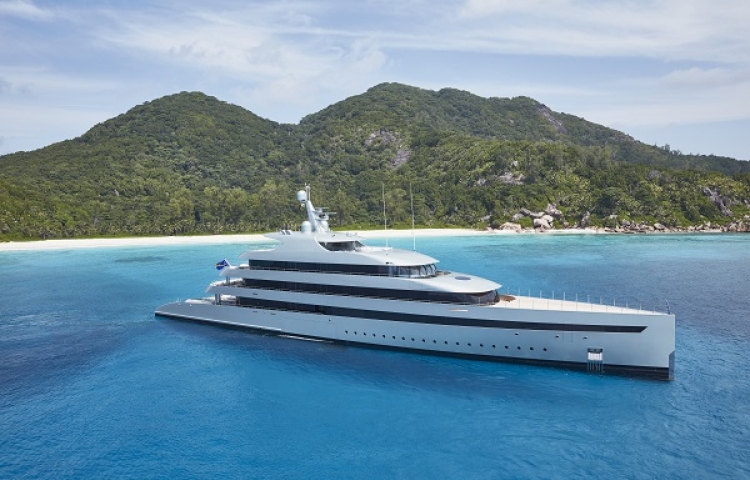
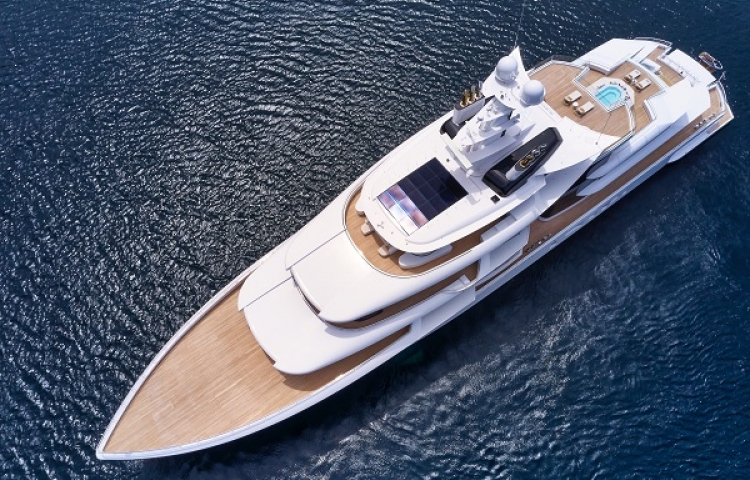
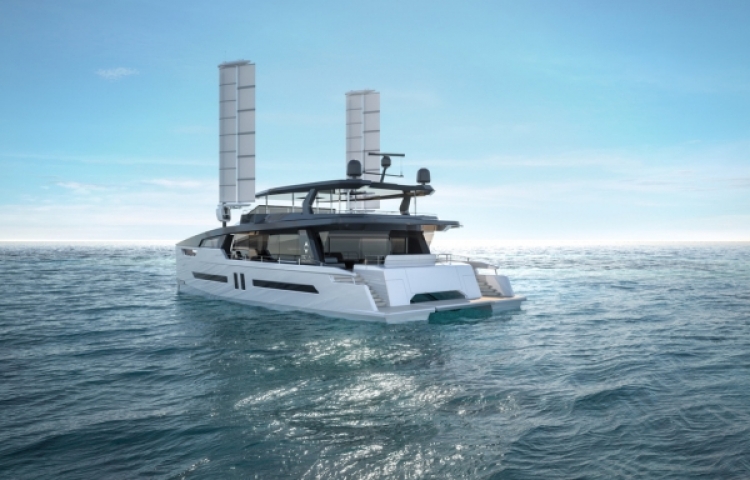
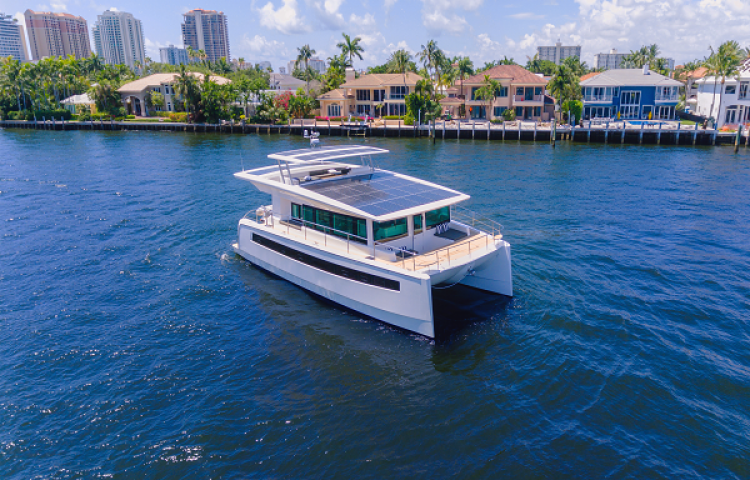
Post your comment
You cannot post comments until you have logged in.
Login to post a commentComments
No one has commented on this page yet.
RSS feed for comments on this page | RSS feed for all comments